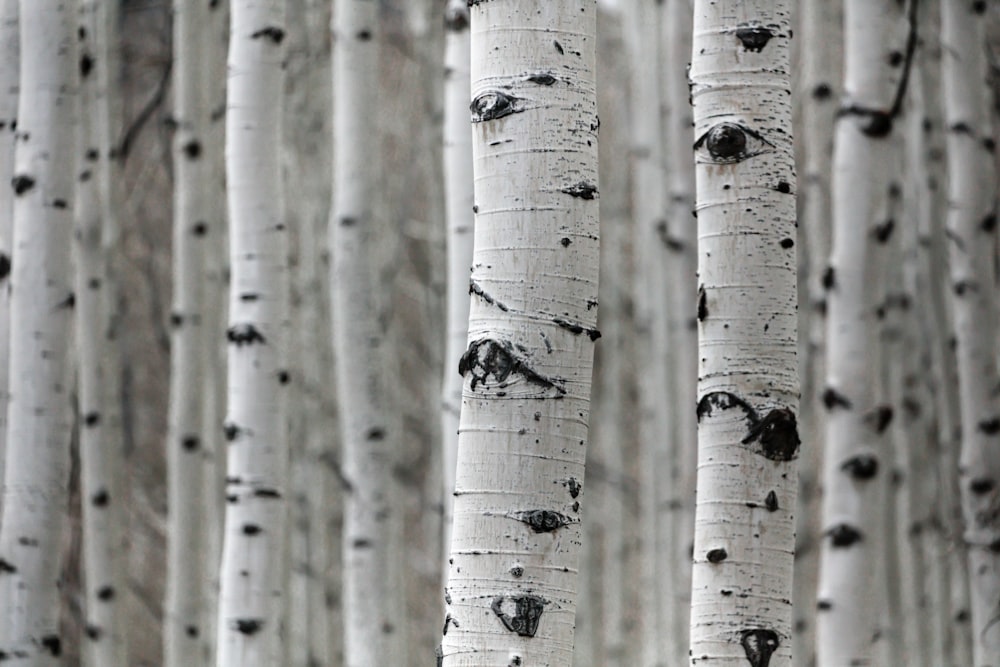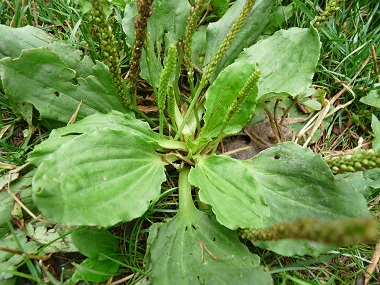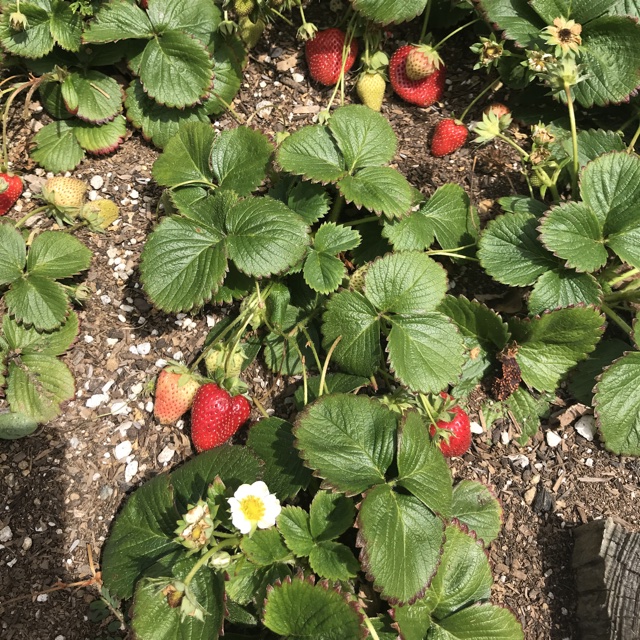Here at the Glengarry Pioneer Museum, we've included some excerpts from a 1976 interview with Andrew Guindon (Dominionville) from our Oral Histories collection. Take a listen below to hear more in connection to this topic!
Here are a few of the most common poisonous plants that can be found in the SD&G counties that locals should be wary of:
Where: Along the forest edge, in meadows, forest openings and trails.
Adverse effects: Poison ivy is a very common trigger of allergic contact dermatitis or inflammation of the skin. It contains the potent antigen urushiol, which will cause a reaction in 60 to 80 percent of the people who are exposed to it. Oil resin from the plant may be carried on any object it comes in contact with – clothing, shoes or pet fur - and then transferred to the skin.
Where: Giant hogweed can be found along roadsides, trails and stream banks.
Adverse effects: If you come in contact with this plant, you may experience severe burns to your skin. The sap found in giant hogweed contains furocoumarins that cause serious skin inflammation activated by exposure to the sun.
Where: Generally found along the edges of plantations, roadsides, meadows and in old pastures.
Adverse effects: Similar to the giant hogweed, wild parsnip contains furocoumarins that when absorbed by the skin, and stimulated by ultraviolet light, the furocoumarins begin destroying cells and skin tissue, which appears as redness and blistering of the skin.
Just as there are a number of plants that should be avoided, there are many that can be found locally that can serve a medicinal purpose. With a strong cultural symbiosis with nature, there is a wealth of information about plants and herbal remedies that can be found in traditional teachings, as the interview touches on.The gathering of plants and herbs is imperative to their culture as they believe plant medicine not only cures physical ailments but can augment one's spiritual connection. Take a look below at some examples of traditional (Métis) wisdom surrounding local plants!
Birch – “Birch is from day one is a healing tree. What you do is you peel the white bark and there’s a black bark in the back. You boil that and you make tea with it and it’s good for prostate, colon. The white bark they use to make canoe.”

Dandelion – “Dandelion again is good for so many things. You can make salad with the leaves. Makes
a beautiful salad. Right now it’s getting a little late, but early spring, they’re very tasty and it’s good for,
you make all kind of compress with it. It’s good for colds, high blood pressure, gout and then the root is
good for different things too. It makes good wine too. A salve made of dandelion and plantain is an
all-purpose remedy.”

Plantain – “I do remember my dad, if we were outside and somebody got a little cut or an insect bite
that he would go and pick a leaf or something and rub than on, and I think it was plantain. It’s good for a
number of skin problems, like a rash or eczema or psoriasis. A relative of a friend of mine, his knee was
all inflamed and he put this plantain salve on and he had me feel it after twenty minutes and he said it
wasn’t hurting as much, and you could visibly see a difference.”

Strawberry – “The dried leaves of the strawberry can be made into a tea for menstrual cramps and
hormonal imbalance.”

Thistle – “The bane of my existence have been these thistles. About three years ago this friend was told
by a psychic that for this cough that he should get someone to make him some thistle salve. So I thought
I could try that. These thistles grow at least as high as me if you let them be. So I’ve got my heavy
garden gloves, I cut this stuff and I used one mature plant and a bunch of little ones. The salve is very
good. If you have a tickling cough and it’s not too bad and if you rub this on your chest when you go to
sleep you’re not coughing in the morning.”
Yarrow – “Yarrow, that’s available here still, contains a mild anesthetic. When rubbed on insect bites it stops the itching. It won’t do much for your ticks, but the mosquitoes and flies, if you rub that on it won’t itch no more.” “I use the yarrow flowers to make infused yarrow oil. Sometimes I will double infuse it. I use that for my knee. Without it, I wouldn’t walk. See, the yarrow has not only the ability to warm up the joint, but it is an anti-inflammatory that brings down the swelling. When the swelling goes down, of course the pain goes away and I can walk.” “If you boil this down you make a tea. You can drink the yarrow. It helps internally, and then you can also, with the stems you can boil it and cool it down and put it on for reducing fevers.”

Information sourced from:
https://www.ourwindsor.ca/whatson-story/5743130-5-poisonous-plants-of-southern-ontario-you-should-avoid/
Traditional Ecological Knowledge Study: Southern Ontario Métis Traditional Plant Use - Written and prepared by the Métis
Nation of Ontario with help from AECOM.
http://www.metisnation.org/media/81616/so_on_tek_darlington_report.pdf
No comments:
Post a Comment